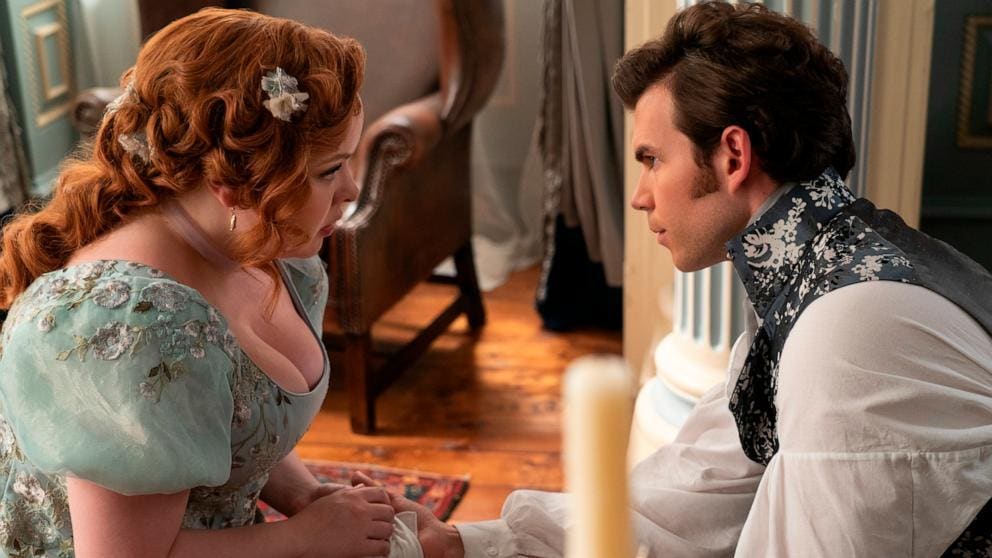Netflix has recently adopted a strategy of splitting seasons of their popular shows in half, releasing a few episodes at a time rather than all at once. This new approach is evident in the release of Bridgerton season 3, where only four episodes are debuting now and fans will have to wait until June 13 to see the remaining four. This trend is not unique to Bridgerton, as other successful shows like Stranger Things, The Witcher, You, The Crown, and more are following suit by splitting their seasons into two parts.
The rationale behind this decision seems to be Netflix’s attempt to prevent subscribers from binge-watching a show in one weekend and then canceling their subscription. By releasing episodes in two parts with a month or longer gap in between, the streaming platform aims to prolong subscriber engagement and potentially retain them for an additional month. However, this new approach has raised concerns about the impact on the pacing and storytelling of these shows, as creators now have to adjust their plot structure to accommodate cliffhangers at specific intervals.
Critics argue that Netflix should stick to its original binge-watching model, which has been successful in attracting viewers to new shows, or consider releasing episodes on a weekly basis to generate more buzz and conversation around their biggest shows. The current strategy of splitting seasons into two halves of 3-4 hour binges a month apart is seen as detrimental to the storytelling and overall viewing experience. Despite the success of shows like Shogun and X-Men 97, which have generated buzz with weekly releases, Netflix continues to divide seasons of popular shows into multiple parts.
Looking ahead, it is speculated that future seasons of popular Netflix shows like Wednesday season 2 and Squid Game season 2 may also be split in half. There are concerns that the last season of Stranger Things could potentially be divided into three parts, further complicating the viewing experience for fans. While the intention behind this new release strategy may be to retain subscribers and extend engagement, it has raised questions about the impact on storytelling and viewer satisfaction. It remains to be seen whether Netflix will reconsider this approach in the future.
Fans of Netflix originals may find themselves frustrated with the new release strategy, as it disrupts the traditional viewing experience and alters the pacing of their favorite shows. The decision to split seasons of popular series like Bridgerton and Stranger Things into two halves with a month-long gap between releases may have financial benefits for the streaming platform, but it risks alienating viewers who prefer to consume content at their own pace. As the trend of splitting seasons continues, fans and creators alike will have to navigate the challenges of this new approach to episodic storytelling on streaming platforms.


